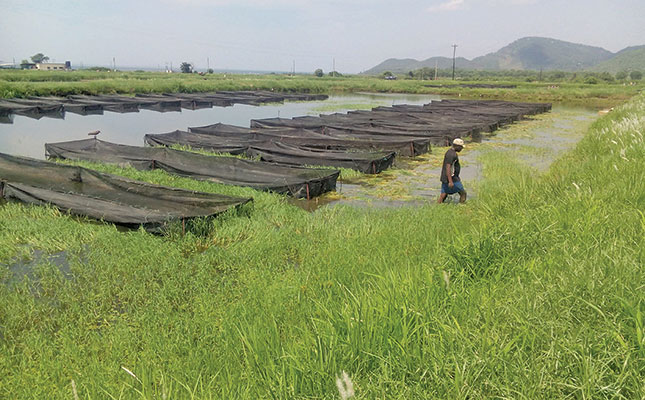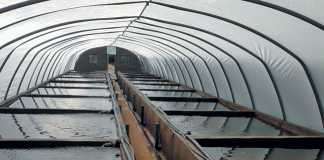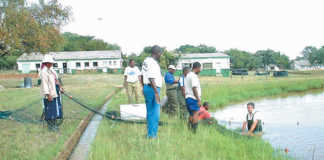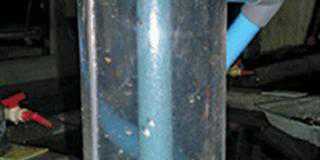
Photo: Nicholas James
Land ownership of the supply chain has enabled a number of countries to produce thousands of tons of tilapia annually. There is little reason why this cannot take place in South Africa.
In examining our local tilapia culture sector, it is interesting, and a little depressing, to see at what scale this fish is produced elsewhere in the world.
Leaving Africa as a continent out of the picture for the moment, consider two countries that one does not normally associate with tilapia culture: Honduras and Mexico.
Both have had fledgling tilapia industries for some time. Originally, much of this constituted the efforts by well-meaning NGOs to assist with food security.
These former projects comprised mostly small rural ponds using outdated systems and run by unskilled management. And most (not all) failed to some extent to become sustainable.
Then along came Regal Springs, a Florida-based innovation company with tilapia expertise acquired through 30 years’ experience in the Far East.
Using vertical integration, the company’s projects own the entire tilapia supply chain: cage culture in large lakes, feed and seed production, the entire grow-out process, slaughter and distribution. They have become highly productive and market thousands of tons of fish, largely in the US.
Similar projects by the same company in Indonesia have been equally successful, with each producing around 35 000t of fresh, antibiotic-free tilapia annually, also primarily for the US market.
The key to success has been government support of such enterprises in terms of simplified regulation in return for the company’s obligation to uplift the local people.
Schools, clinics and other social amenities have been built where none existed, and the cash and skills inflow into previously impoverished communities has been significant. There is a lesson here for South Africa.
Production north of the Limpopo
Similar large-scale cage culture or commercial-scale pond farms exist in various African countries. For many years, the Lake Harvest facility in Zimbabwe and, more recently, Zambia, has produced between 5 000t and 9 000t of tilapia annually.
Originally, much of this was exported to the EU, but more recently sales within Africa have increased.
A similar facility now exists in Lake Victoria, Uganda, while Tropo Farms has operated for years in Lake Volta, Ghana. Mozambique is also starting cage production in its numerous suitable water bodies.
At a smaller, although still highly commercial scale, are the large pond farms of Zambia.
These produce between 300t and 1 000t annually, and are usually privately owned and run, sometimes in parallel with traditional farming.
Kafue Fisheries has been the trailblazer here, with its integrated pig-and-fish culture systems benefitting from enrichment of the water to produce abundant natural feed.
Other large pond farms in south-western and north-eastern Zambia are now increasing production and putting more ponds into service based on successful economies of scale.
Egypt is the clear leader in Africa with more than 750 000t being produced annually, most of which is consumed locally.
Following similar systems to those used in China (green water culture, improved fish genetics and low-cost feed, yet combined with skilled farm management), this yield for a desert country is both remarkable and inspirational.











